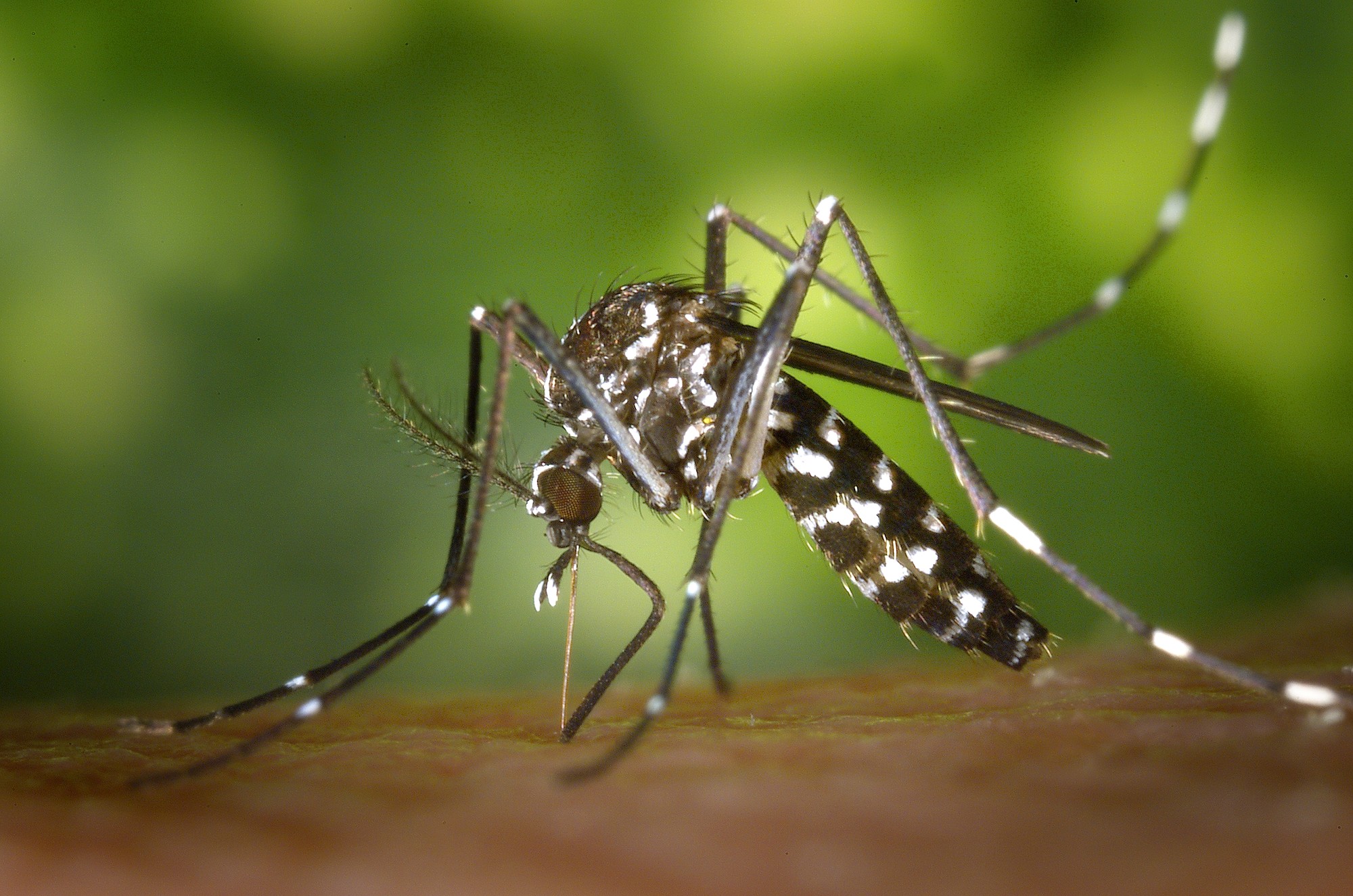Don’t panic over Zika
Local experts say virus is unlikely to have big impact in New York
Though the World Health Organization recently declared the Zika virus a global health emergency, residents of Long Island don’t have much to worry about — unless they plan to travel to affected areas — local experts said.
The concern over the virus comes from new evidence linking it with birth defects, and specifically microcephaly, in which a baby’s head is smaller than it should be. Although the virus is a danger to pregnant women and those trying to become pregnant, its effects are relatively mild for everyone else.
According to the Centers for Disease Control and Prevention, only one in five people infected with Zika actually show symptoms, and those are minor: fever, rash, joint pain and conjunctivitis. Symptoms usually appear two to seven days after a bite by a mosquito carrying the virus.
County Executive Ed Mangano said Nassau has one confirmed case of the virus in a resident who traveled to an area outside the U.S. where Zika transmission has been documented. Dr. Vic Politi, president and chief executive officer of East Meadow’s Nassau University Medical Center, said the individual was not a pregnant woman and is no longer ill.
Several residents contracted West Nile this summer, Politi said. Because the virus has a similar microbiological structure to Zika, the Nassau County Department of Health reexamined their test results and found the virus antibodies in one individual; however, he said this is not a cause for concern.
“The person who had this really had flu-like symptoms for a few days and then they went away,” he explained. “That’s what happens in 99 percent of the cases. The concern we have is if this infection is transmitted to a pregnant woman or a woman who is about to become pregnant.”
Dr. Aaron Glatt, the chairman of medicine and the epidemiologist at South Nassau Communities Hospital in Oceanside, stressed that people shouldn’t worry too much about Zika, since mosquitoes are the main mode of transmission.






